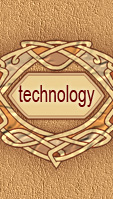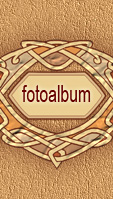




|


|

About the Orthodox Icon
Since its very inception, Christianity starts to develop its own pictorial, architecture and ritual practice, which carries deep moral, biblical and evangelic messages. A significant part of what was created during the first centuries of the incipient new religious and cultural norms has been lost, but from what has survived one can notice that the modern icon has inherited the traditions of the Christian ideology from that era. According to the religious legend, the first icon of Jesus Christ was the image called "Not made by hands", which appeared on the cloth, with which the Saviour wiped the water from his washed face. This cloth was sent to Prince Abgar, the governor of Edessa, who recovered from a hard disease after he received the cloth with the image of Jesus Christ. The first painted icons are attributed to the holy apostle and Evangelist Luke, who, according to the legend that reached us through the liturgical texts, being dedicated to the holidays of the Mother of God, painted three icons with the image of the God's Mother holding the little Jesus Christ in her hands. The word "icon" comes from the Greek eikon and means image, portrait. In Christian tradition, however, the icon is not just an image with a religious plot that decorates the church. The icon possesses specific forms of expression that are characteristic only for the sacred image, which make it an inseparable part of the church liturgy in the East Orthodox Church. In order to avoid deviation from its predestination, the icon shall meet the rules that are established by the apostles, the church Fathers and the decisions of the Ecumenical councils. The iconography canon has been formed for centuries and defines the requirements related to the practical completion of the icon - materials (wood, cloth, paint) and technology, as well as to the iconography of the biblical and evangelist scenes, the proportions of the figures, etc. These canons are described in symposiums - manuals for icon-painters, the so- called hermeneutics. This word has a Greek origin and means manual, explanation, directions. The Bulgarian icon-painters used hermeneutics that were brought from Aton, and during the process of their icon- painting practice they translated, copied and supplemented them. One of the few preserved manuals is the one owned by Dicho Zograf. |

